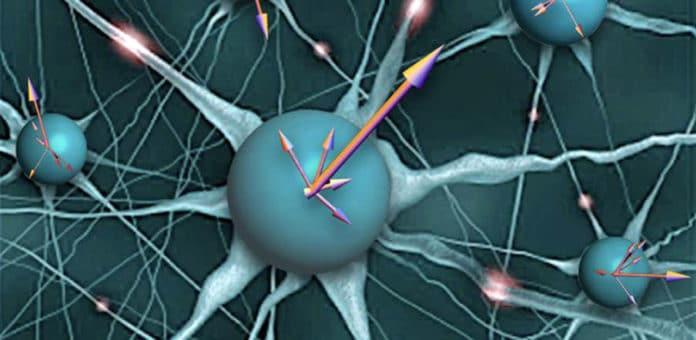Scientists from the University of Cambridge and Skolkovo Institute of Science and Technology in Russia recently suggests that multiplying light signals can solve highly complex problems that are out of reach for even the most powerful supercomputers.
Scientists proposed a new type of computation that could change analog computing by drastically diminishing the quantity of light signals required while simplifying the search for the best mathematical solutions, allowing for ultra-fast optical computers.
In optical computers, the computing element is represented by the continuous phase of the light signal, and the computation is normally achieved by adding two light waves coming from two different sources and then projecting the result onto ‘0’ or ‘1’ states.
In any case, real-life presents profoundly nonlinear problems, where different unknowns at the same time change the estimations of different questions while communicating multiplicatively. For this situation, the customary way to deal with optical registering that combines light waves in a straight way fails.
In this study, scientists found that optical systems can combine light by multiplying the wave functions describing the light waves instead of adding them and may represent a different type of connections between the light waves.
This phenomenon is illustrated by quasiparticles called polaritons while extending the idea to a larger class of optical systems such as light pulses in a fiber. Tiny pulses or blobs of coherent, super fast-moving polaritons can be created in space and overlap with one another in a nonlinear way due to the matter component of polaritons.
Ph.D. student Nikita Stroev from Skolkovo Institute of Science and Technology said, “We found the key ingredient is how you couple the pulses with each other. If you get the coupling and light intensity right, the light multiplies, affecting the phases of the individual pulses, giving away the answer to the problem. This makes it possible to use light to solve nonlinear problems.“
“The multiplication of the wave functions to determine the phase of the light signal in each element of these optical systems comes from the nonlinearity that occurs naturally or is externally introduced into the system.”
“What came as a surprise is that there is no need to project the continuous light phases onto ‘0’ and ‘1’ states necessary for solving problems in binary variables. Instead, the system tends to bring about these states at the end of its search for the minimum energy configuration. This is the property that comes from multiplying the light signals. On the contrary, previous optical machines require resonant excitation that fixes the phases to binary values externally.”
Scientists also suggested and implemented a way to guide the system trajectories towards the solution by temporarily changing the coupling strengths of the signals.
Professor Natalia Berloff from Cambridge’s Department of Applied Mathematics and Theoretical Physics said, “We should start identifying different classes of problems that can be solved directly by a dedicated physical processor. Higher-order binary optimisation problems are one such class, and optical systems can be made very efficient in solving them.“
Journal Reference:
- Discrete polynomial optimization with coherent networks of condensates and complex coupling switching. DOI: 10.1103/PhysRevLett.126.050504
